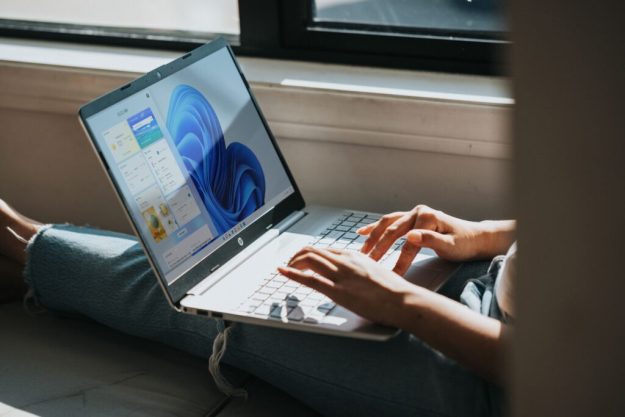
The Cortana key will be placed in the upper left of Toshiba’s Windows 10 laptops, close to the function keys, said Jeff Barney, general manager and vice president of Toshiba America’s PC business, to PC World. Barney added that the feature would be included in all of the company’s Windows 10 PCs, “across the board, top to bottom.”
The addition of a tactile Cortana key will help relieve the voice-activated-trigger issues that have plagued Microsoft’s digital assistant. It also means users won’t have to find and click on an on-screen Cortana button with their mouse in order to fire it up. Barney said the special key ensures that “Cortana is listening when you want it to.”
A possible extension of this on-keyboard idea is a Cortana button built into mice, PCWorld speculates. It reached out to Logitech to inquire about this but got no response.
Microsoft announced that Windows 10 would support Cortana at its event in January. In that demo, the company showed how Cortana on a PC wouldn’t be a simple port of Windows Phone functionality. Rather, Microsoft promised that Cortana would be optimized for a PC experience.
Editors' Recommendations
- Windows 11 may bring Live Tiles back from the dead — sort of
- The latest Windows update is breaking VPN connections
- Windows 11 might nag you about AI requirements soon
- You’re going to hate the latest change to Windows 11
- Surface Pro 10: all the major changes rumored for the new model


